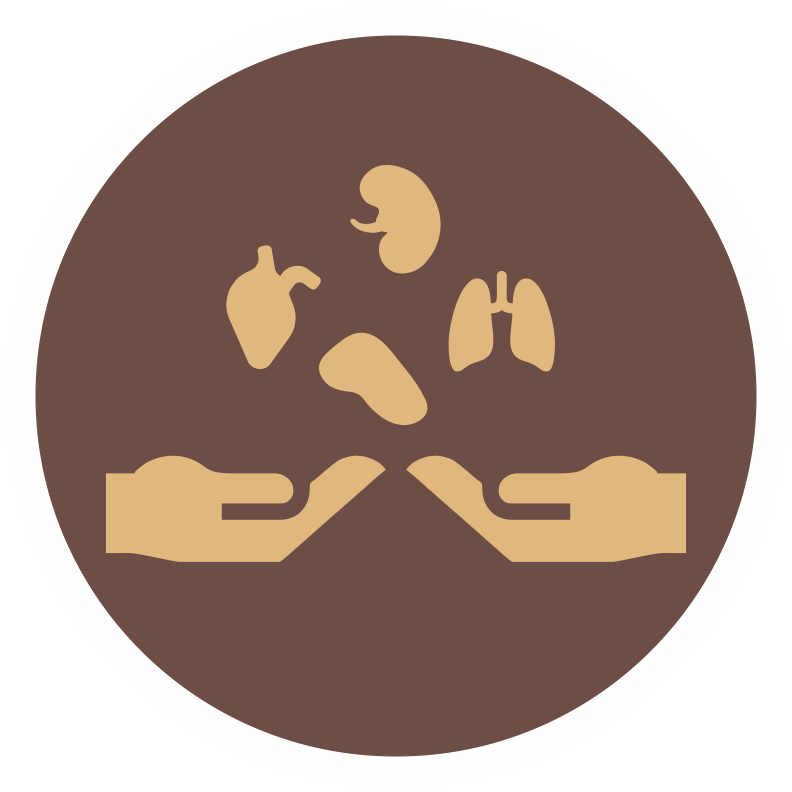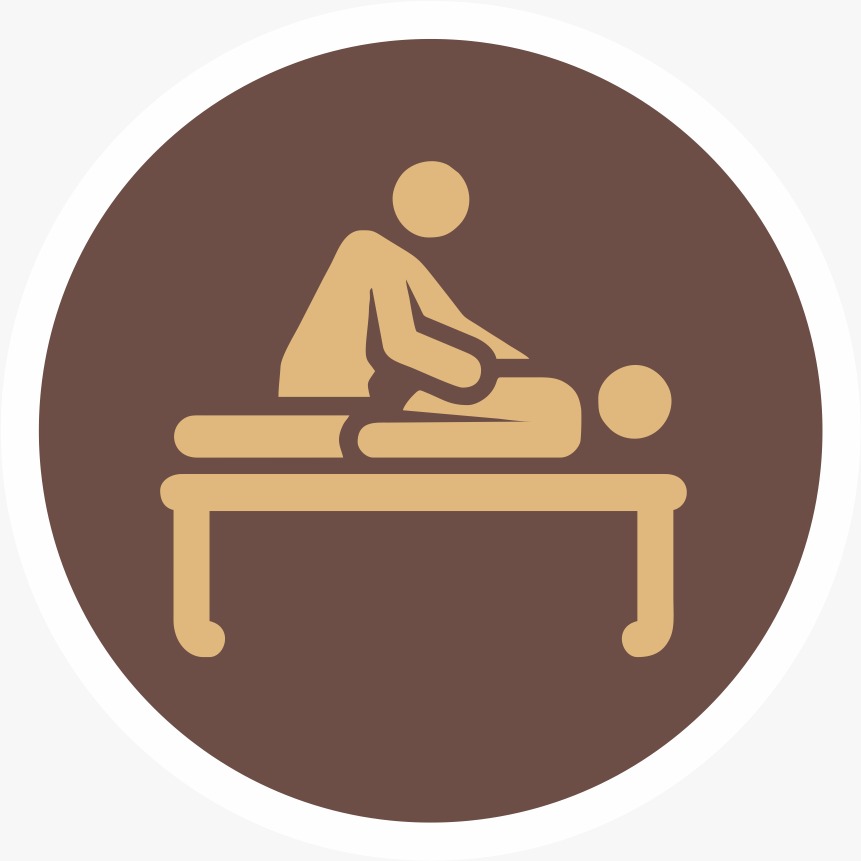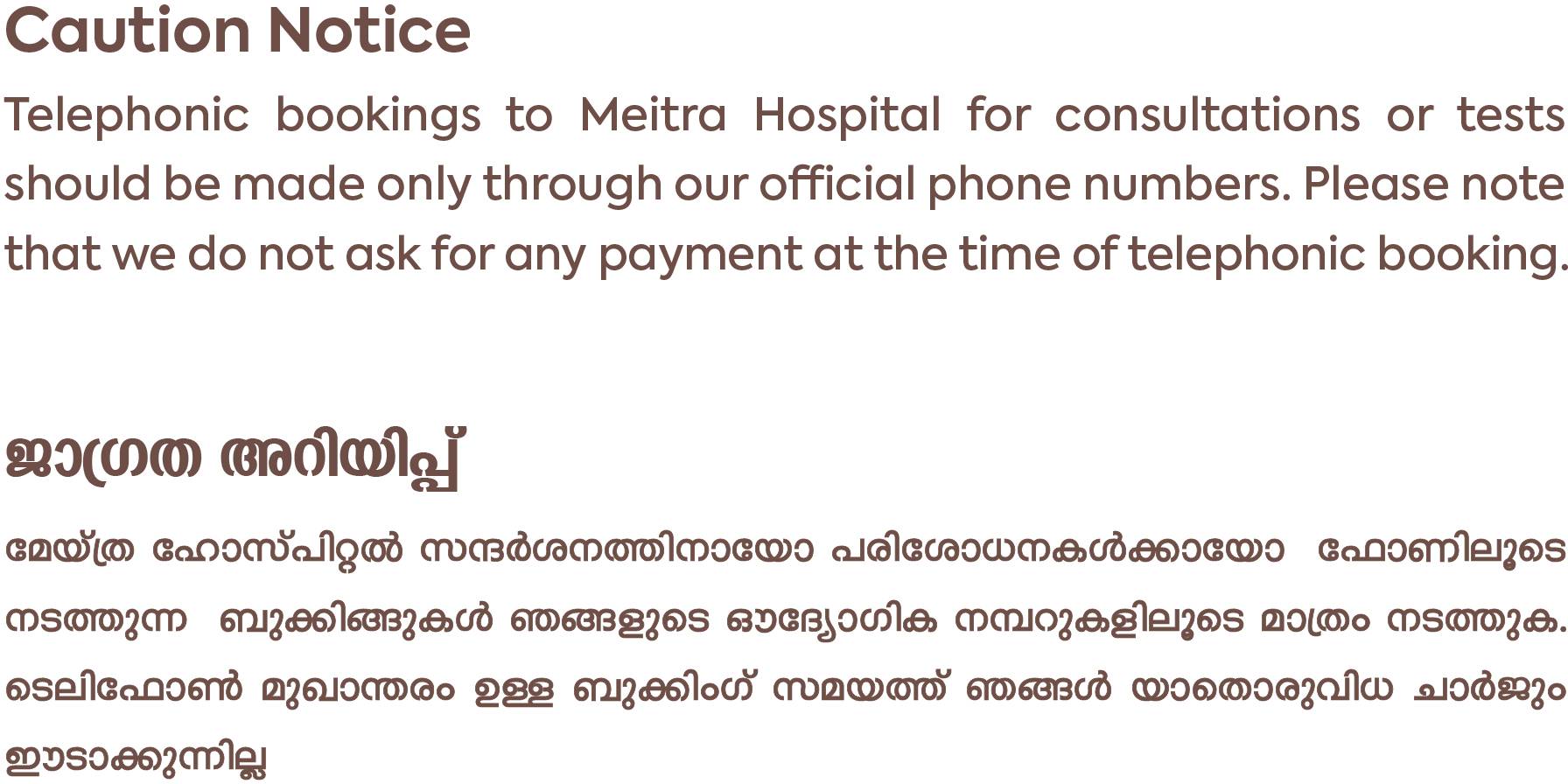- Our Doctors
- Our Specialities
Centres of Excellence
-
 Centre for Blood Diseases, BMT & Cancer Immunotherapy
Centre for Blood Diseases, BMT & Cancer Immunotherapy -
 Centre for Bone, Joint & Spine
Centre for Bone, Joint & Spine -
 Centre for Critical Care Medicine and ECMO Services
Centre for Critical Care Medicine and ECMO Services -
 Centre for Gastrosciences
Centre for Gastrosciences -
 Centre for Heart & Vascular Care
Centre for Heart & Vascular Care -
 Centre for Nephro-Urosciences
Centre for Nephro-Urosciences -
 Centre for Neurosciences
Centre for Neurosciences -
 Centre for Obstetrics and Gynaecology
Centre for Obstetrics and Gynaecology -
 Centre for Organ Transplantation
Centre for Organ Transplantation
Super Speciality
-
 Advanced Diagnostic and Interventional Radiology
Advanced Diagnostic and Interventional Radiology -
 Anesthesiology & Pain Management
Anesthesiology & Pain Management -
 Clinical Nutrition and Dietetics
Clinical Nutrition and Dietetics -
 Dental and Maxillofacial Surgery
Dental and Maxillofacial Surgery -
 Dermatology
Dermatology -
 Emergency and Trauma
Emergency and Trauma -
 Endocrinology and Metabolic Disease
Endocrinology and Metabolic Disease -
 ENT and Head & Neck Surgery
ENT and Head & Neck Surgery -
 Family Medicine
Family Medicine -
 General and Laparoscopic Surgery
General and Laparoscopic Surgery -
 General Medicine
General Medicine -
 GI Onco Surgery
GI Onco Surgery -
 GI Oncology
GI Oncology -
 GI Surgery, Advanced Laparoscopy and Gastro Oncosurgery
GI Surgery, Advanced Laparoscopy and Gastro Oncosurgery
-
- Key Procedures
- Our Hospitals
- International Patient
- Contact us
-
Quick Links


Wrist Pain
Wrist pain is a common condition that can affect people of all ages and backgrounds. It is characterized by discomfort, soreness, or pain in the wrist area. The wrist is a complex joint that is made up of several bones, ligaments, and tendons, and is responsible for providing support and flexibility to the hand and fingers.
Symptoms:
- Pain: The most obvious symptom of wrist pain is pain in the wrist. The pain may be sharp, dull, or throbbing and may be worse when you move your wrist. You may also experience pain when you grip or lift objects, or when you use your hand to push up from a chair.
- Swelling: Swelling is another common symptom of wrist pain. Your wrist may look puffy or feel tender to the touch. Swelling can make it difficult to move your wrist and can also be a sign of inflammation.
- Stiffness: If you experience stiffness in your wrist, it can be difficult to move your wrist in all directions. You may find it hard to make a fist or hold objects, and you may also experience a decreased range of motion in your wrist.
- Tingling or numbness: Wrist pain can also cause a tingling or numbness sensation in your hand or fingers. This can be a sign of a nerve issue or carpal tunnel syndrome, which is a condition that occurs when the median nerve in your wrist is compressed.
- Weakness: If you have wrist pain, you may also experience weakness in your wrist or hand. This can make it difficult to perform everyday tasks, such as opening jars or typing on a keyboard.
Causes: Wrist pain can be caused by a variety of factors, including injury, repetitive strain, or underlying medical conditions. Some common causes of wrist pain include:
- Sprains and strains: A wrist sprain or strain occurs when the ligaments or tendons in the wrist are stretched or torn, often as a result of a sudden injury or trauma.
- Carpal tunnel syndrome: Carpal tunnel syndrome is a condition in which the median nerve, which runs from the forearm to the hand, becomes compressed or pinched in the carpal tunnel, a narrow passageway in the wrist.
- Tendinitis: Tendinitis is an inflammation or irritation of the tendons in the wrist, often caused by repetitive motion or overuse.
- Arthritis: Arthritis is a condition in which the joints become inflamed and painful, and can affect any joint in the body, including the wrist.
- Fractures: A wrist fracture occurs when one or more of the bones in the wrist are broken, often because of a fall or other trauma.
Treatments
Meet Our Doctors
Frequently Asked Questions:
Can wrist pain be prevented?
In some cases, wrist pain can be prevented by taking breaks from repetitive activities, using proper ergonomics and technique, and wearing supportive braces or splints during activities that place stress on the wrist. Maintaining good overall health and keeping your wrist joints strong and flexible with exercise can also help to prevent wrist pain.
What are some home remedies for wrist pain?
Home remedies for wrist pain include rest, ice and heat therapy, over-the-counter pain relievers, and using a wrist splint. Gentle exercises and stretching may also help to reduce pain and improve flexibility.
When should I see a doctor for my wrist pain?
If your wrist pain is severe or persistent, or if it's interfering with your daily activities, it's important to see a doctor. You should also seek medical attention if you experience numbness or tingling in your hand or fingers, or if you have a fever or other signs of infection.

 +91 9393 108 108
+91 9393 108 108


















































